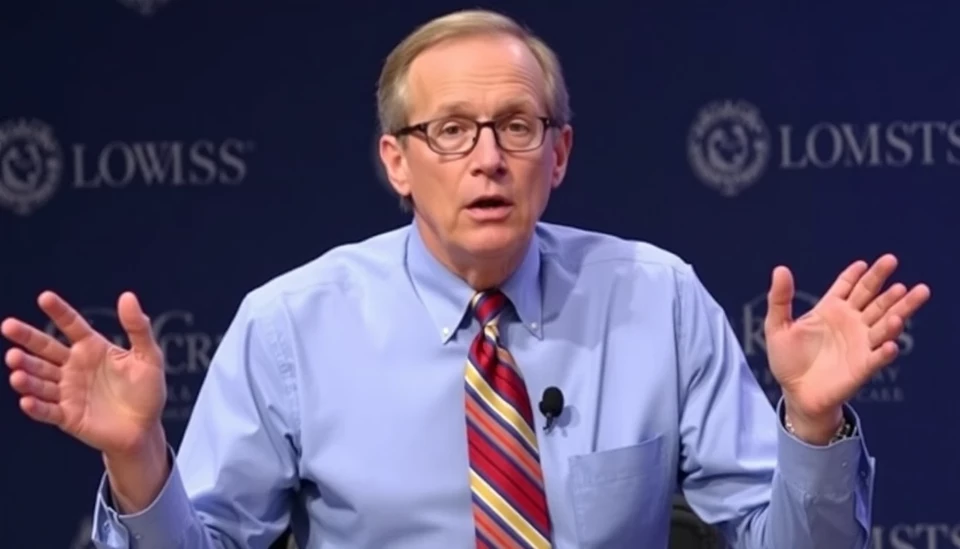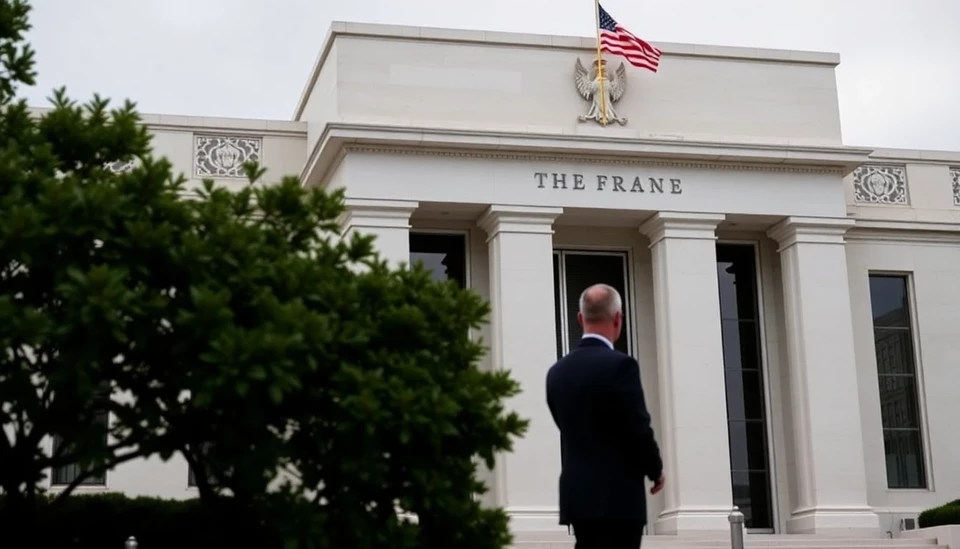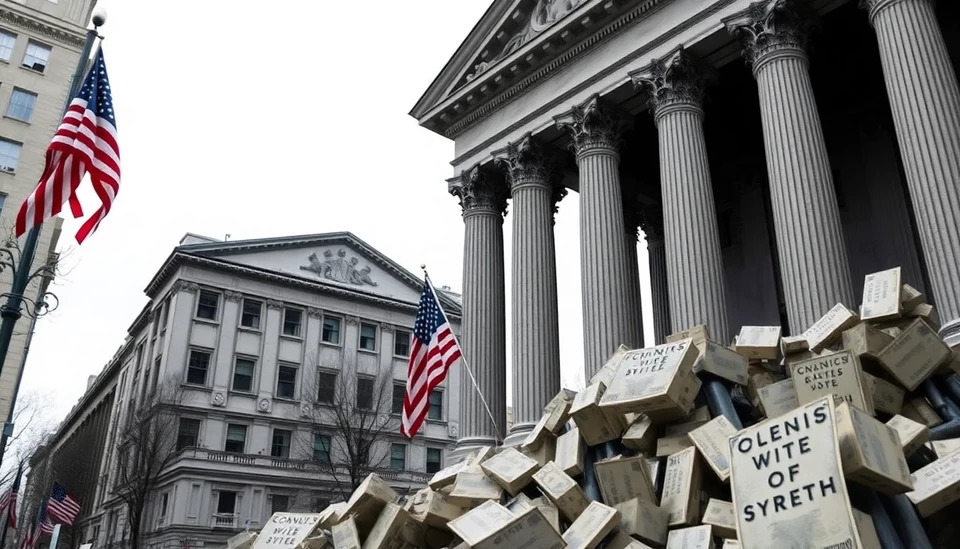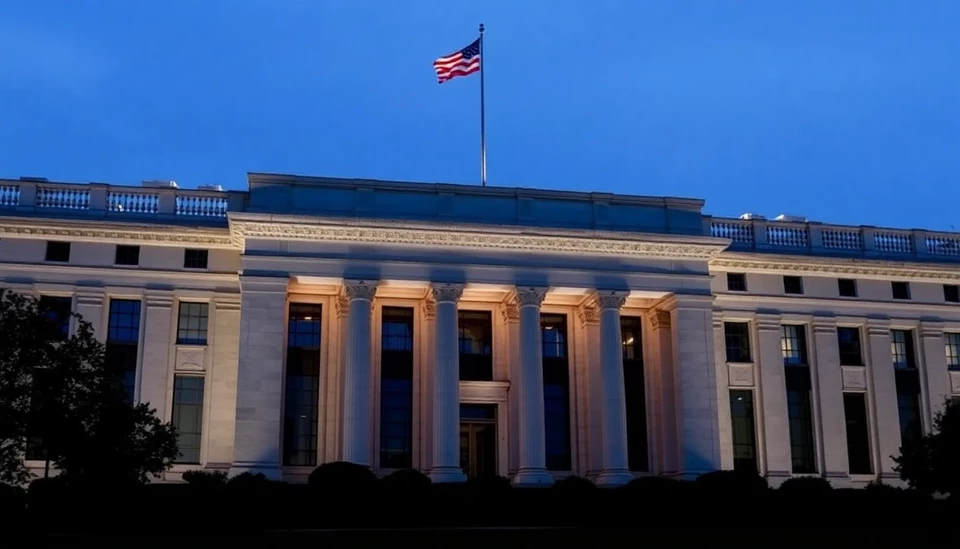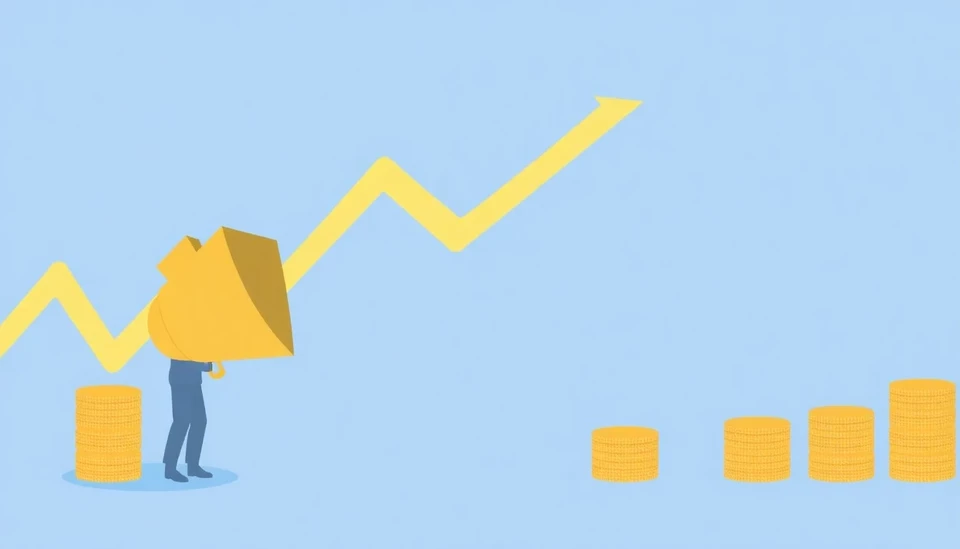
Recent reports from the Consumer Price Index (CPI) have raised significant concerns about the looming threat of stagflation in the economy. As inflation remains stubbornly high while economic growth appears sluggish, analysts are increasingly worried that these combined factors could negatively impact asset prices across various markets.
The latest CPI data revealed that inflation rates have not only persisted above expectations but have also shown no signs of abating in the near term. This situation places central banks under considerable pressure to navigate their monetary policies delicately, balancing the need to counter inflation without stifling economic growth further.
Stagflation, characterized by stagnant economic growth combined with high inflation, presents a unique challenge for investors. Historically, asset prices tend to suffer during periods of stagflation as purchasing power erodes and consumer sentiment weakens. The ramifications can lead to decreased spending, lower corporate earnings, and a general sense of uncertainty in the market.
Experts suggest that in such an economic climate, traditional safe-haven investments like gold may gain traction, while growth stocks could face downward pressure. The uncertainty about future earnings and the cost of borrowing may lead investors to reassess their portfolios, potentially shifting towards more resilient assets. Additionally, defensive sectors may become increasingly attractive as consumers prioritize essential goods and services over discretionary spending.
With the Federal Reserve and other central banks mulling over interest rate decisions, the decisions made in the coming months will be crucial. If rates are raised in an attempt to curb inflation, it could lead to decreased liquidity in the markets, negatively impacting asset prices. Conversely, maintaining low rates could exacerbate inflation fears and fuel further volatility.
The growing discourse surrounding stagflation is also reflected in market movements, as investors are seen to be redistributing their investments in anticipation of potential adverse effects on their portfolios. Overall, the situation remains fluid, and the coming weeks and months will be critical in determining how these economic dynamics unfold.
In conclusion, as the specter of stagflation looms larger in the minds of investors and economists alike, the implications for asset prices remain concerning. Continuous monitoring of key economic indicators, alongside strategic portfolio adjustments, will be necessary for navigating this uncertain landscape.
#Stagflation #AssetPrices #CPIReport #Inflation #EconomicGrowth #InvestingStrategies
Author: Rachel Greene
